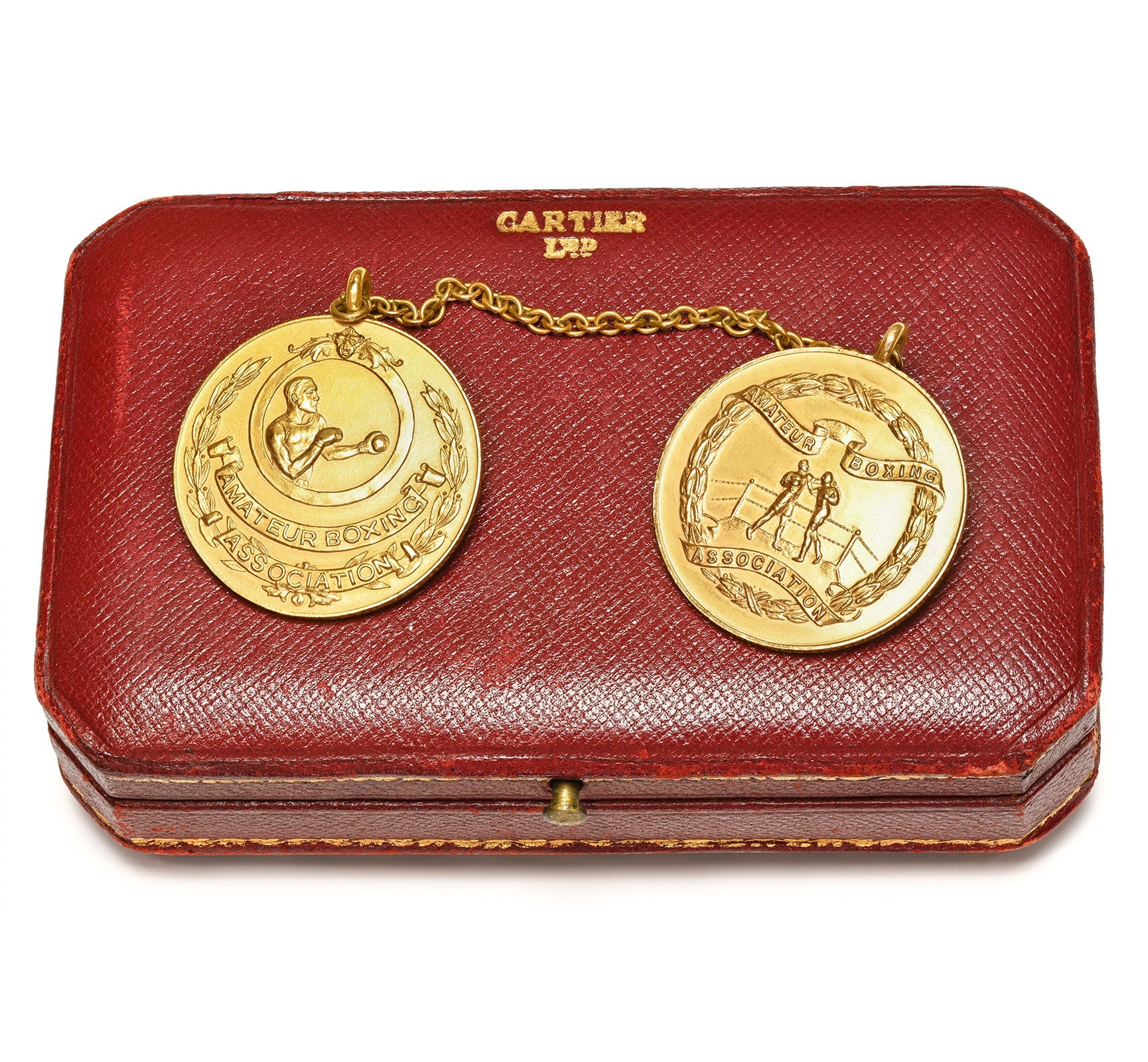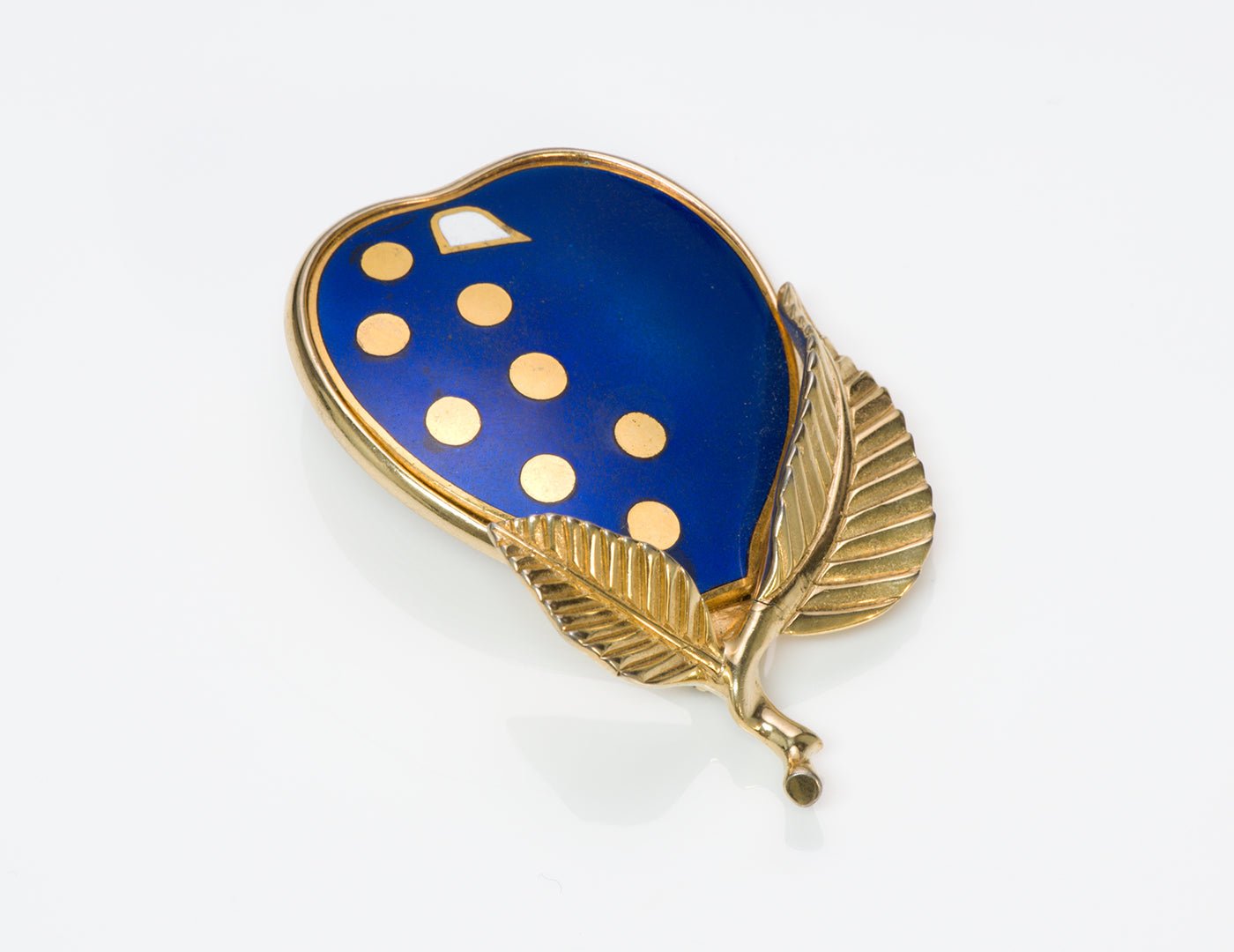The Bloody History Surrounding the Silver Treasure Newly Discovered in Russia
A team of archaeologists has discovered a treasure trove of silver objects in southwestern Russia, a discovery made in a region where several such treasures were hidden so as not to be plundered by the Mongol invaders in the 13th century.
According to Live Science, a strange thing about this discovery is that the treasure was buried at least a century before the Mongol Golden Horde arrived in Russia.
The hoard consists of silver pendants, bracelets, rings, and ingots and was discovered during archeological excavations earlier this year near Ryazan, the former fortified capital of a Russian principality that was besieged and looted by the Mongols in 1237.
The Bloody History Surrounding the Silver Treasure
The Mongol attack launched against the Ryazan was particularly bloody, even by the Mongol "standards" of the time.
Historical sources speak of the fact that the Mongols left no survivors in the Ryazan, and archaeologists have discovered about 100 victims of beheadings and several mass graves in the region.
The treasure was discovered in the wooded bank of a ravine, a few hundred meters away from two small medieval settlements. Archaeologists have also discovered the remains of a cylindrical container probably made of birch bark, in which the treasure was originally stored, according to a statement from the Russian Academy of Sciences.
Silver Bracelets, Rings, and Pendants
The hoard includes 14 ornate bracelets, seven rings, and eight "hryvnia for the neck" - a type of pendant that was worn around the neck and from which comes the name of today's official Ukrainian currency - "hryvnia".
These fascinating jewelry pieces weigh around 2.1 kilograms.
The jewelry is masterfully crafted, and archaeologists believe that these pieces were accumulated and passed down from generation to generation until they were buried so as to not fall into the hands of the Mongols.
The Mongolian Invasion Led by Genghis Khan's Grandson
Ryazan's center of power was in the city now known as the Old Rhineland - about 50 kilometers southeast of the modern city of the Rhineland and about 225 kilometers southwest of Moscow.
The Ryazan principality was east of the other Russian principalities and for this reason was the first to fall in the face of the Mongol invasion led by Batu Han, the grandson of Genghis Khan Han.
The Mongols crushed the army of the Ryazan principality on the battlefield and then besieged the principality's capital, using catapults to destroy its fortifications. The city's defenders lasted for almost a week, but eventually, the Mongols entered the city and looted it, killing the Russian prince and his family, as well as all the inhabitants, after which they set fire to the entire fortress.
A Russian chronicler wrote: "There is no one left to moan and cry."
The horde led by Batu Han continued to attack and conquer other Russian principalities until the death of the Mongol ruler in 1255.
According to archaeologists, the rich Russians of the Ryazan buried their treasures during the siege, so as not to fall into the hands of the Mongols.
Twelve such treasures have been discovered in the region, including the famous Ancient Rhinestone Treasure - a collection of royal jewelry that was accidentally discovered in the 19th century and is now on display in a nearby cathedral.
A Surprising Fact About the Silver Treasure
Surprisingly, the ancient jewelry pieces in the newly discovered treasure appear to have been hidden about a century before the Mongol invasion, between the end of the 11th century and the beginning of the 12th century.
Archaeologists believe that the style of these jewels, as well as the ceramic fragments discovered near the treasure, show that these objects date long before the Mongol invasion.
"This treasure is clearly older than the Treasure of the Old Rhineland and includes jewelry created by simpler techniques and in more archaic ways. Further studies of the objects in the treasury, as well as the manufacturing technique and metal alloys used, will help us understand more about the early history of the Old Renaissance and will probably reveal the historical context in which this treasure was hidden," according to a statement from the Russian Academy.
View our Collection of Antique & Vintage Jewelry


















